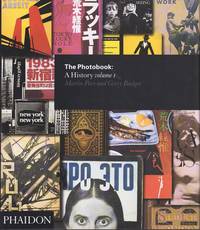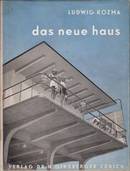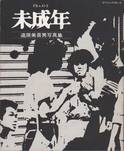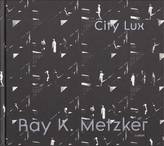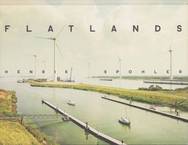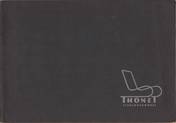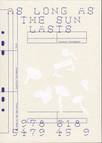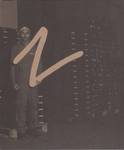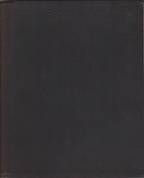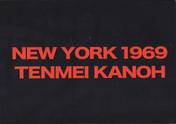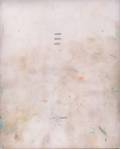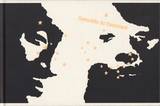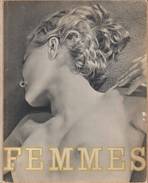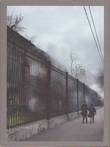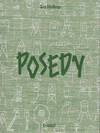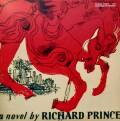Hiroshi Sugimoto - Theaters , Sonnabend Sundell Editions, 2000, New York

Hiroshi Sugimoto - Theaters (book spine)

Hiroshi Sugimoto - Theaters (book back)

Hiroshi Sugimoto - Theaters (book front)
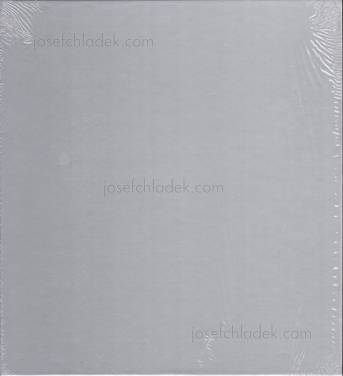
Hiroshi Sugimoto - Theaters (Slipcase front)

Hiroshi Sugimoto - Theaters (slipcase spine)
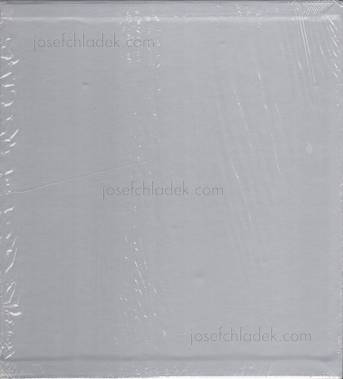
Hiroshi Sugimoto - Theaters (slipcase back)
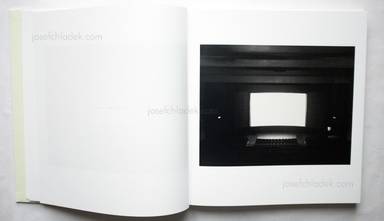
Sample page 1 for book " Hiroshi Sugimoto – Theaters", josefchladek.com
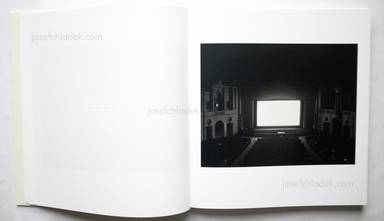
Sample page 2 for book " Hiroshi Sugimoto – Theaters", josefchladek.com
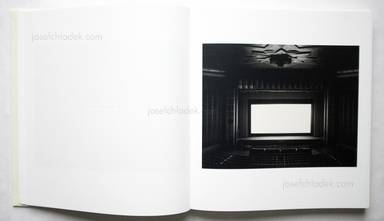
Sample page 3 for book " Hiroshi Sugimoto – Theaters", josefchladek.com
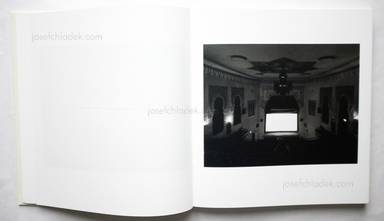
Sample page 4 for book " Hiroshi Sugimoto – Theaters", josefchladek.com
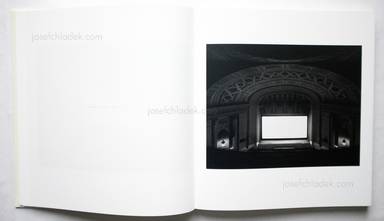
Sample page 5 for book " Hiroshi Sugimoto – Theaters", josefchladek.com

Sample page 6 for book " Hiroshi Sugimoto – Theaters", josefchladek.com
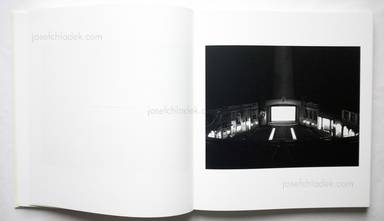
Sample page 7 for book " Hiroshi Sugimoto – Theaters", josefchladek.com

Sample page 8 for book " Hiroshi Sugimoto – Theaters", josefchladek.com

Sample page 9 for book " Hiroshi Sugimoto – Theaters", josefchladek.com
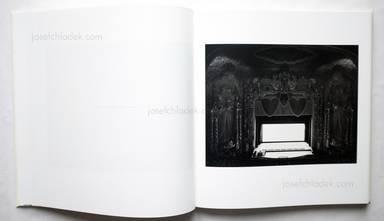
Sample page 10 for book " Hiroshi Sugimoto – Theaters", josefchladek.com

Sample page 11 for book " Hiroshi Sugimoto – Theaters", josefchladek.com
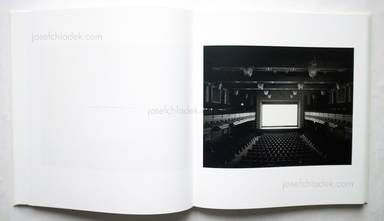
Sample page 12 for book " Hiroshi Sugimoto – Theaters", josefchladek.com
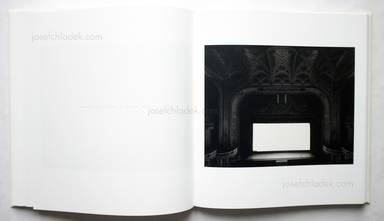
Sample page 13 for book " Hiroshi Sugimoto – Theaters", josefchladek.com

Sample page 14 for book " Hiroshi Sugimoto – Theaters", josefchladek.com
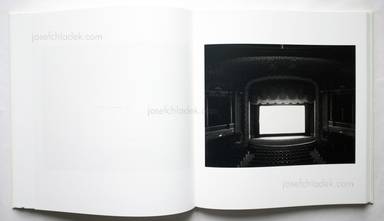
Sample page 15 for book " Hiroshi Sugimoto – Theaters", josefchladek.com

Sample page 16 for book " Hiroshi Sugimoto – Theaters", josefchladek.com
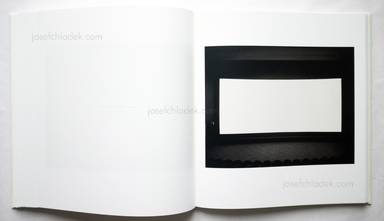
Sample page 17 for book " Hiroshi Sugimoto – Theaters", josefchladek.com
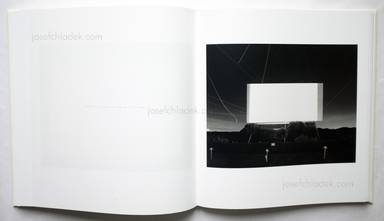
Sample page 18 for book " Hiroshi Sugimoto – Theaters", josefchladek.com
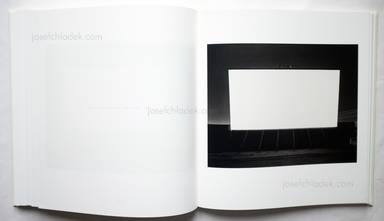
Sample page 19 for book " Hiroshi Sugimoto – Theaters", josefchladek.com
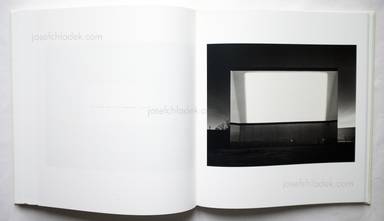
Sample page 20 for book " Hiroshi Sugimoto – Theaters", josefchladek.com
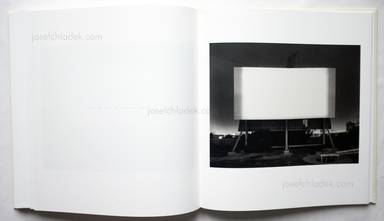
Sample page 21 for book " Hiroshi Sugimoto – Theaters", josefchladek.com
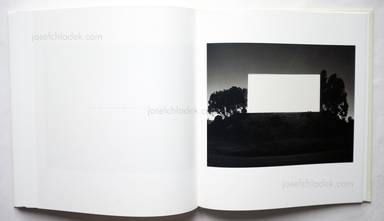
Sample page 22 for book " Hiroshi Sugimoto – Theaters", josefchladek.com

Sample page 23 for book " Hiroshi Sugimoto – Theaters", josefchladek.com
Other books tagged Japanese (see all)









Other books tagged Theatre (see all)









Other books tagged Cinema (see all)

Other books tagged Black & White (see all)









Other books tagged Parr Badger Vol. 1 (see all)









Books to shop at placartphoto.com
Hardcover silk-screened with Day-Glo ink and then matte film laminated ; in a slipcase covered in silver paper, first edition of 2000 copies.Design by Takaaki Matsumoto and Larissa Nowicki.
In the late 1970s, as Hiroshi Sugimoto was defining his artistic voice, he posed a question to himself : “Suppose you shoot a whole movie in a single frame?” The answer that came to him: “You get a shining screen.” For almost four decades, Sugimoto has been photographing the interiors of theaters using a large-format camera and no lighting other than the projection of the running movie. He opens the aperture when a film begins and closes it when it ends. In the resulting images, the screen becomes a luminous white box and the ambient light subtly brings forward the rich architectural details of these spaces.
Sugimoto began by photographing the classic movie palaces built in the 1920s and ‘30s, their ornate architectural elements a testament to the cultural importance of the burgeoning movie industry. He continued the series with drive-in theaters. In the last decade, Sugimoto has photographed historic theaters in Europe as well as disused theaters that show the ravages of time. Taken together, these photographs present an extended meditation on the passage of time, a recurring theme in his artwork.
Pages: 224
Place: New York
Year: 2000
Publisher: Sonnabend Sundell Editions
Size: 29 x 32 cm (approx.)
